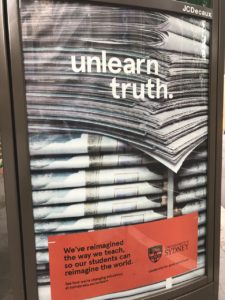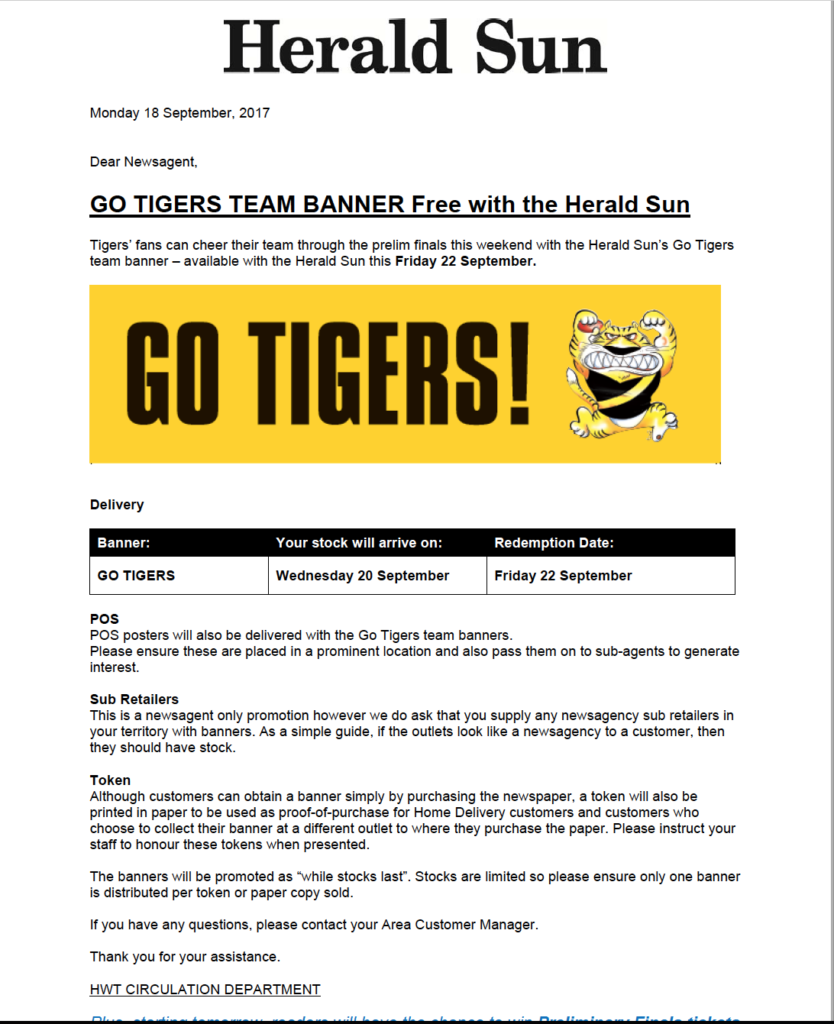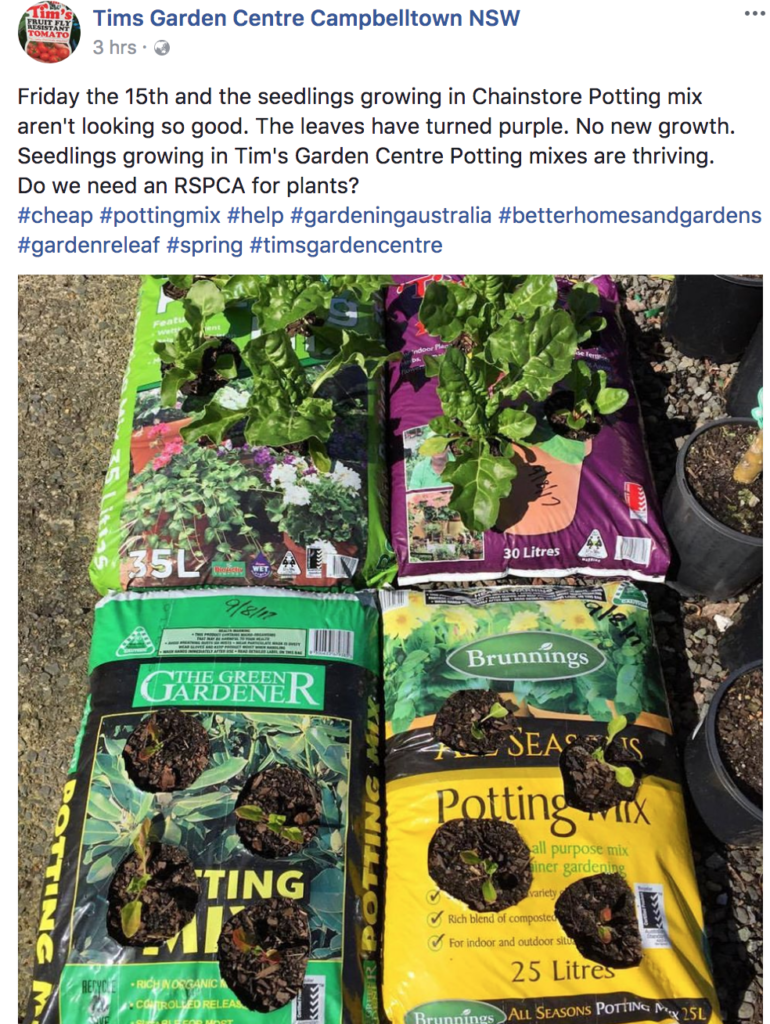Is Bauer considering closing and or replacing the Connections program?
Rumours are dangerous things as they come without firm evidence. Hence, they need to be treated with care.
A rumour put to me over the weekend is that management at Bauer is actively considering closing the Connections newsagent promotional campaign and replacing it with something promoted as better and more relevant to today but which would have a cost to Bauer that is a fraction of what Connections costs today.
The cost of Connections on the Bauer P&L is considerable. Without a satisfactory measureable income benefit it would be understandable the company is looking at either changing, closing or replacing the program.
Remember, the CEO of Bauer last week the magazine distribution sand sale process had to change.
“Magazines and newspapers have a great future, they have a very important social future, but for both newspaper and magazine companies, the model under which they operate doesn’t work anymore.
Changing Connections could be part of that.
As the impact of staff changes is felt through the Bauer company, the known history of Connections diminishes, along with the known history of dealing with the newsagency channel. This will bring the performance numbers of Connections into greater focus.
In my own opinion, it is time for a fresh approach to driving retailer engagement as posters, power end displays and the like are not appropriate for driving incremental purchases of magazines. Just as Bauer is looking to approach magazines differently, newsagents need to as well. This includes how we engage with promotions, where we locate the department and how we leverage other foot traffic to get the magazine add-on.
These are challenging considerations that we need to have in our businesses and in the networks to which we belong where such strategy matters are discussed.
I have not published here everything put to me about Connections as I don’t think the other points in the rumour are relevant to the core question about the future of Connections.
Comparing Connections to the Pacific nexus program, Connections is more one-way whereas nexus has considerable regular activity run by Pacific to drive traffic in-store, activity that is sent under the name of newsagency businesses. The two serve different purposes. The two have served newsagents well.











